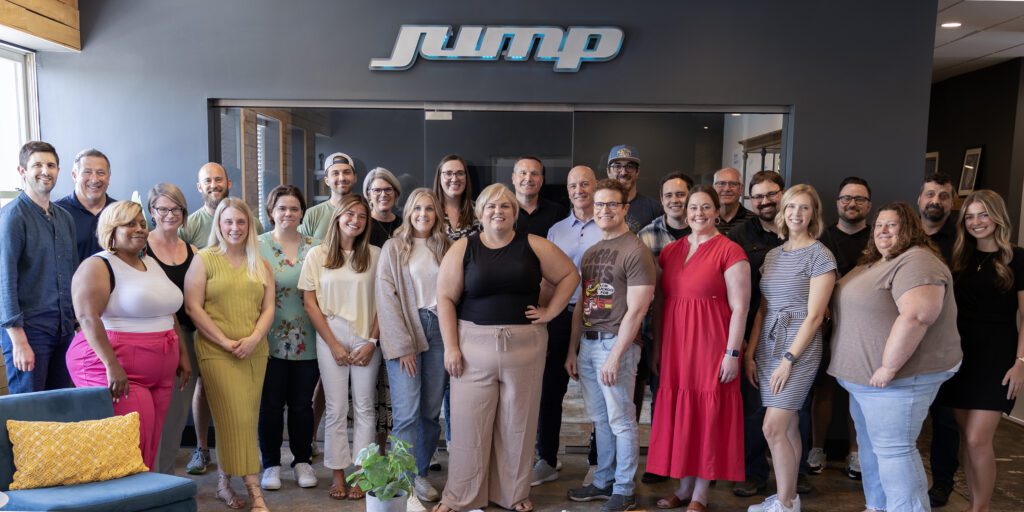Jump Company Expands Reach and Capabilities with Geile/Leon Acquisition
Geile/Leon Marketing Communications has been an iconic presence in the St. Louis advertising community for over 35 years. Known for their innovative campaigns and strong client relationships, G/L have always felt like kindred spirits to Jump. We are both independent agencies that share a philosophy of creativity, agility and exceeding expectations. Through this acquisition, Jump welcomes an amazing team that positions us for growth in three key areas:
Our Service Portfolio
With the addition of G/L to the Jump family, we are now one of the largest and longest-standing independent full-service agencies in the region. The influx of new creative and strategic talent allows Jump to offer additional capabilities in areas like PR and expanded capacity and experience in brand strategy and development, creative and content development, web development and more.
Our Agency Reach
By combining our strengths with G/L, Jump has expanded our capabilities and client base. As a result, we anticipate increased opportunities to serve our existing clients and to attract new partners in the St. Louis region, the Midwest and nationally.
Our Client Relationships
Building and maintaining lasting relationships has been a defining quality of both Jump and G/L. Clients of both agencies — from Nordyne and 4M Building Solutions to Memorial Health and Children’s Miracle Network Hospitals — can expect the same level of personalized attention and even more access to senior leadership experience and perspectives.
This acquisition represents more than an alignment of business interests. It’s a merging of two teams that share a vision of what advertising and branding should be: relationship-driven and innovation-focused. We are thrilled for what our collective future holds as one agency: more collaboration, more passion, and more reasons to celebrate our exceptional people and drive real success for our client partners.


